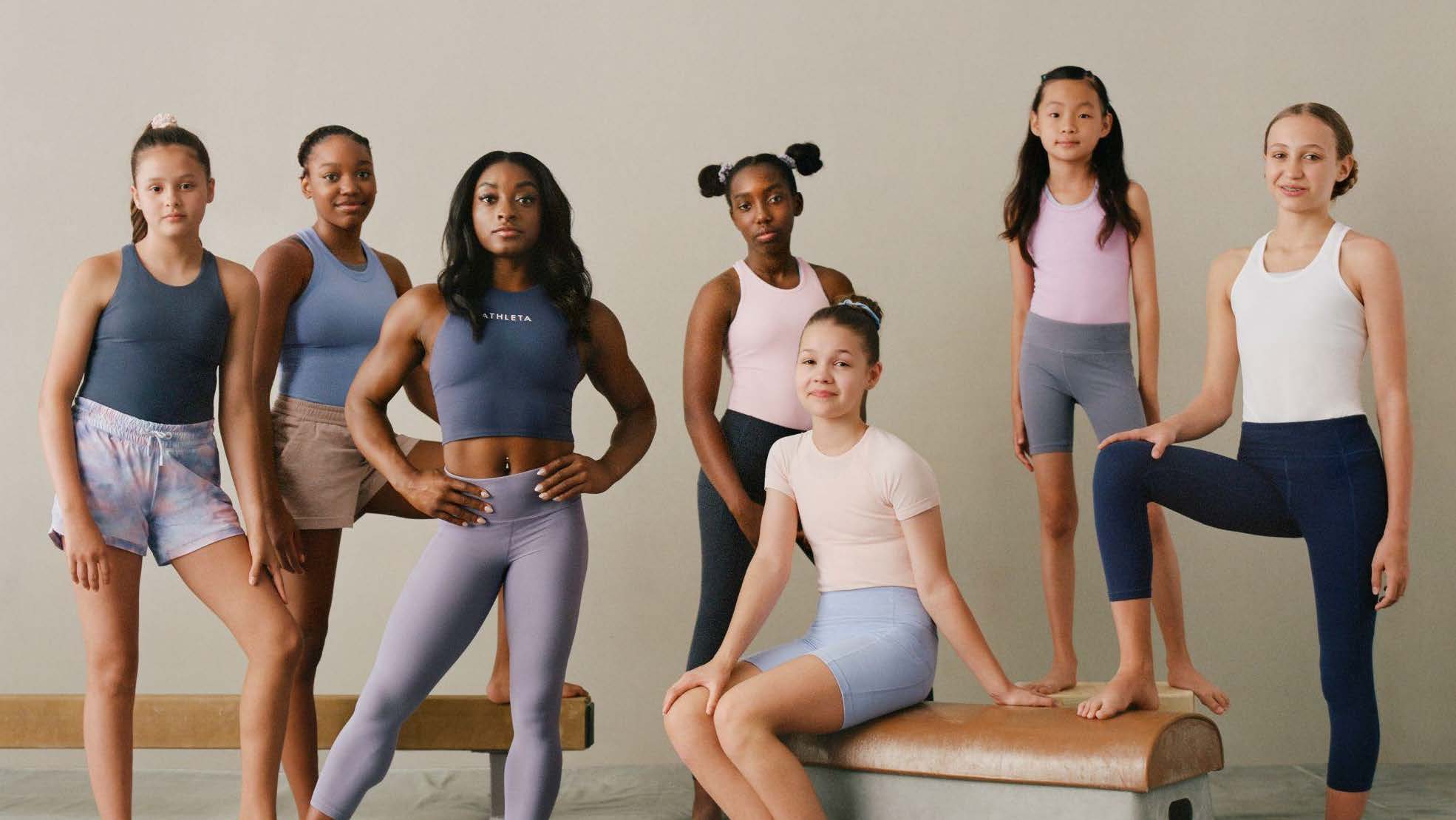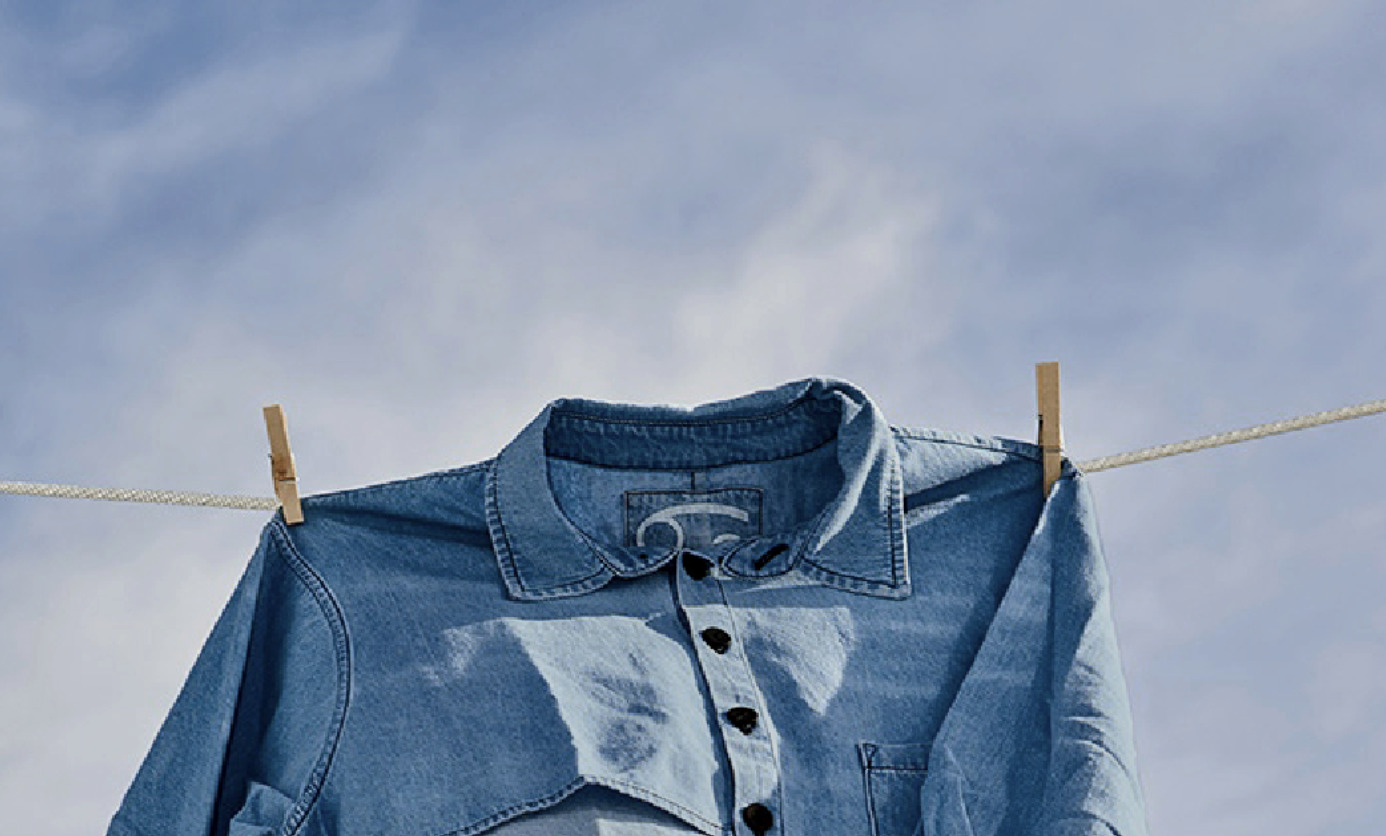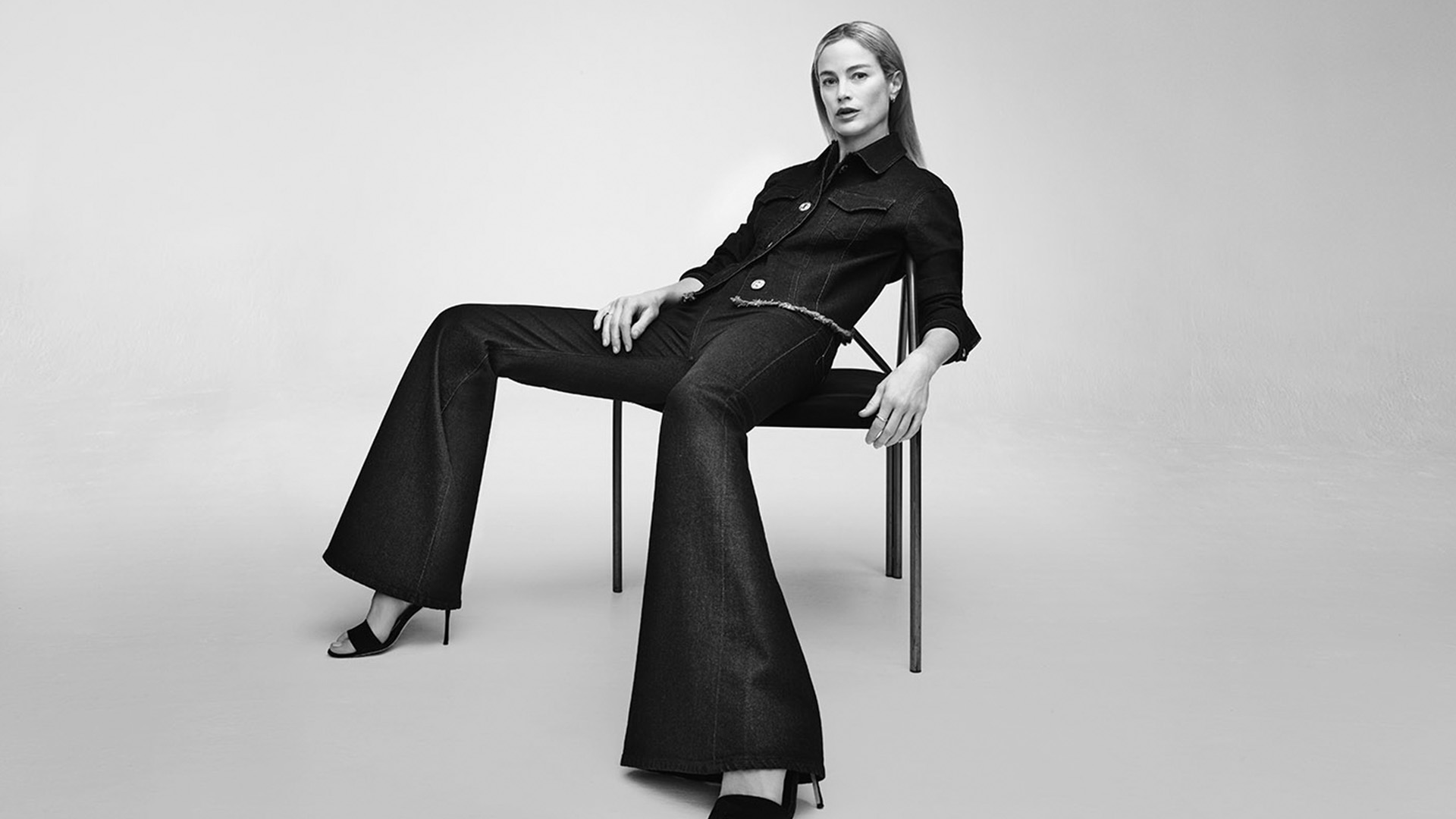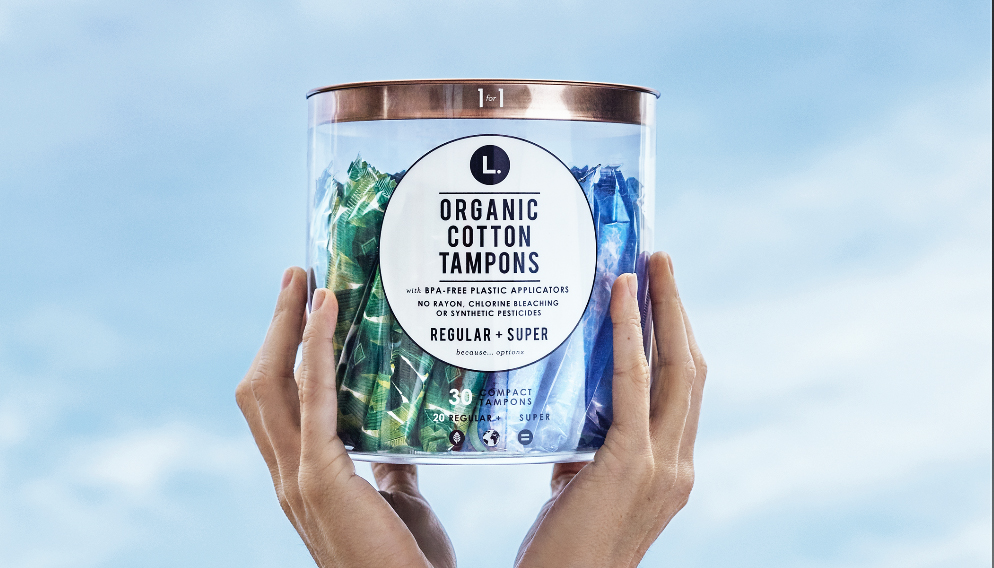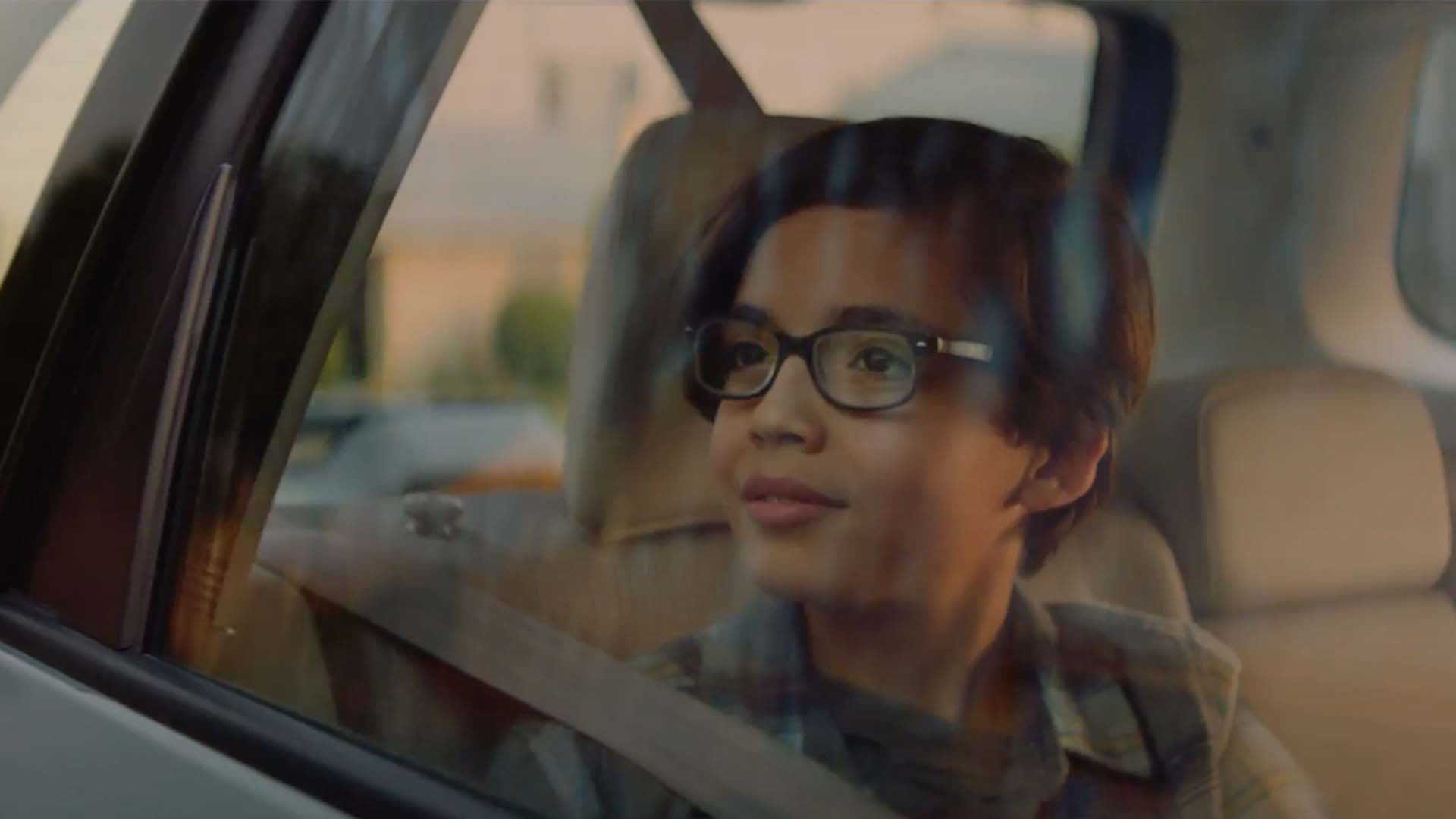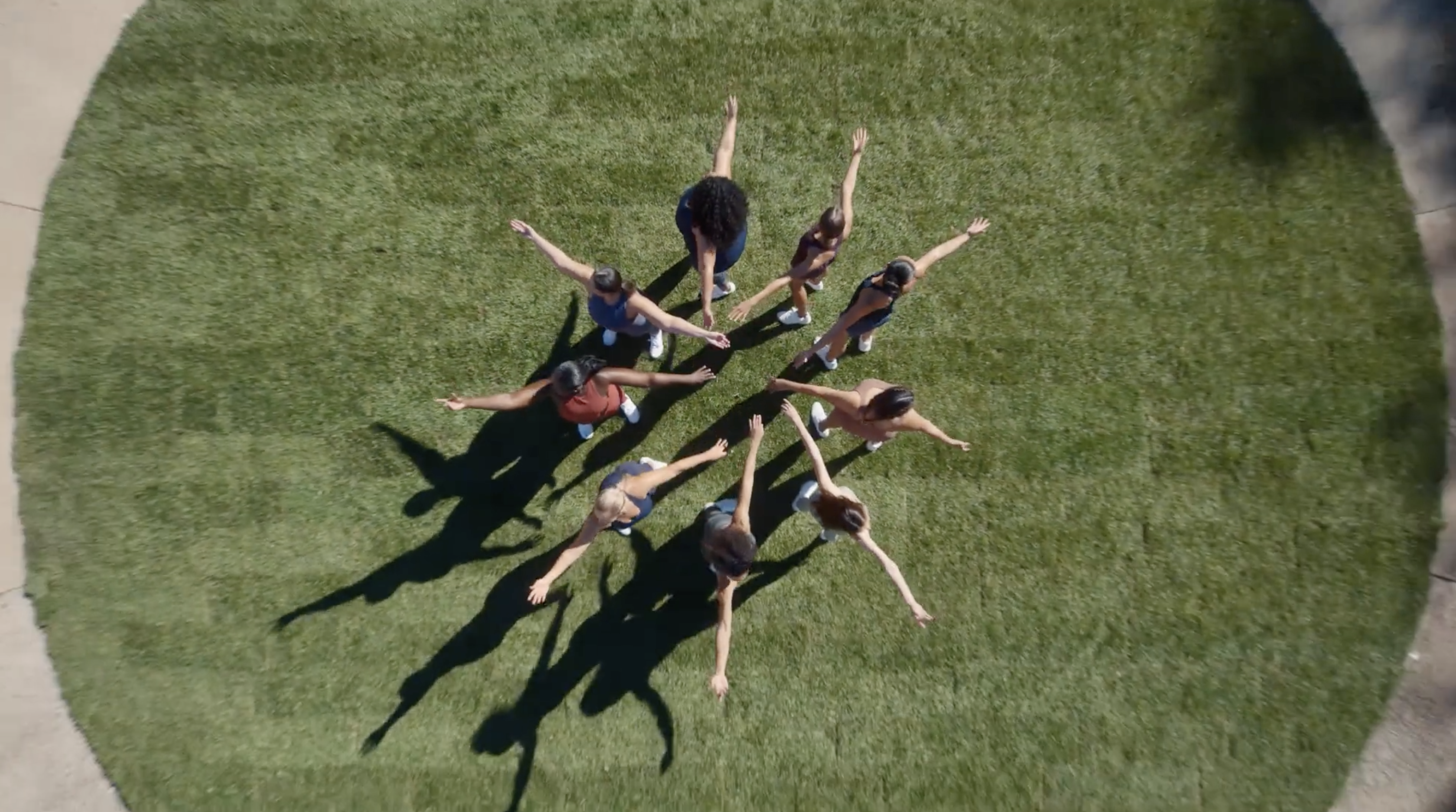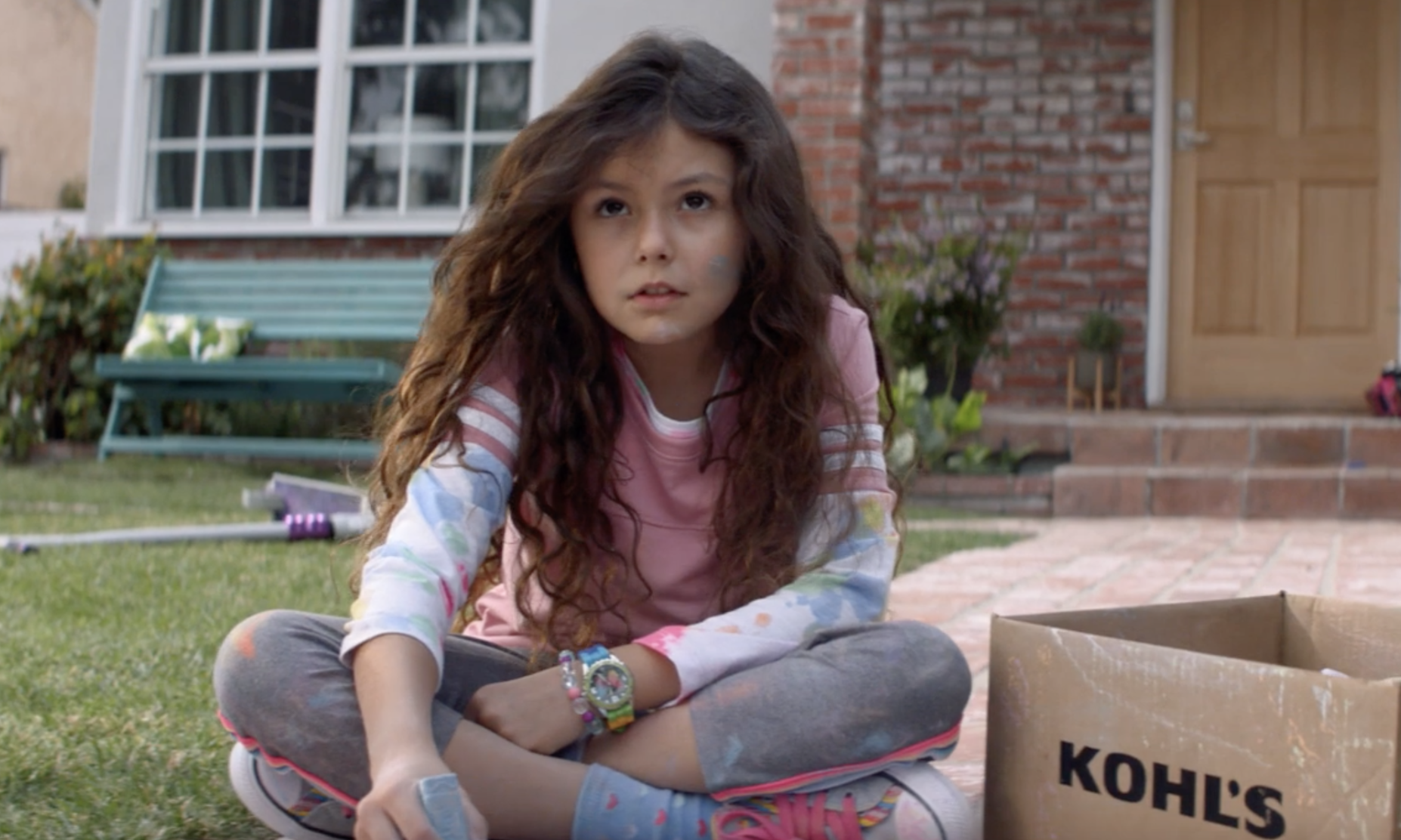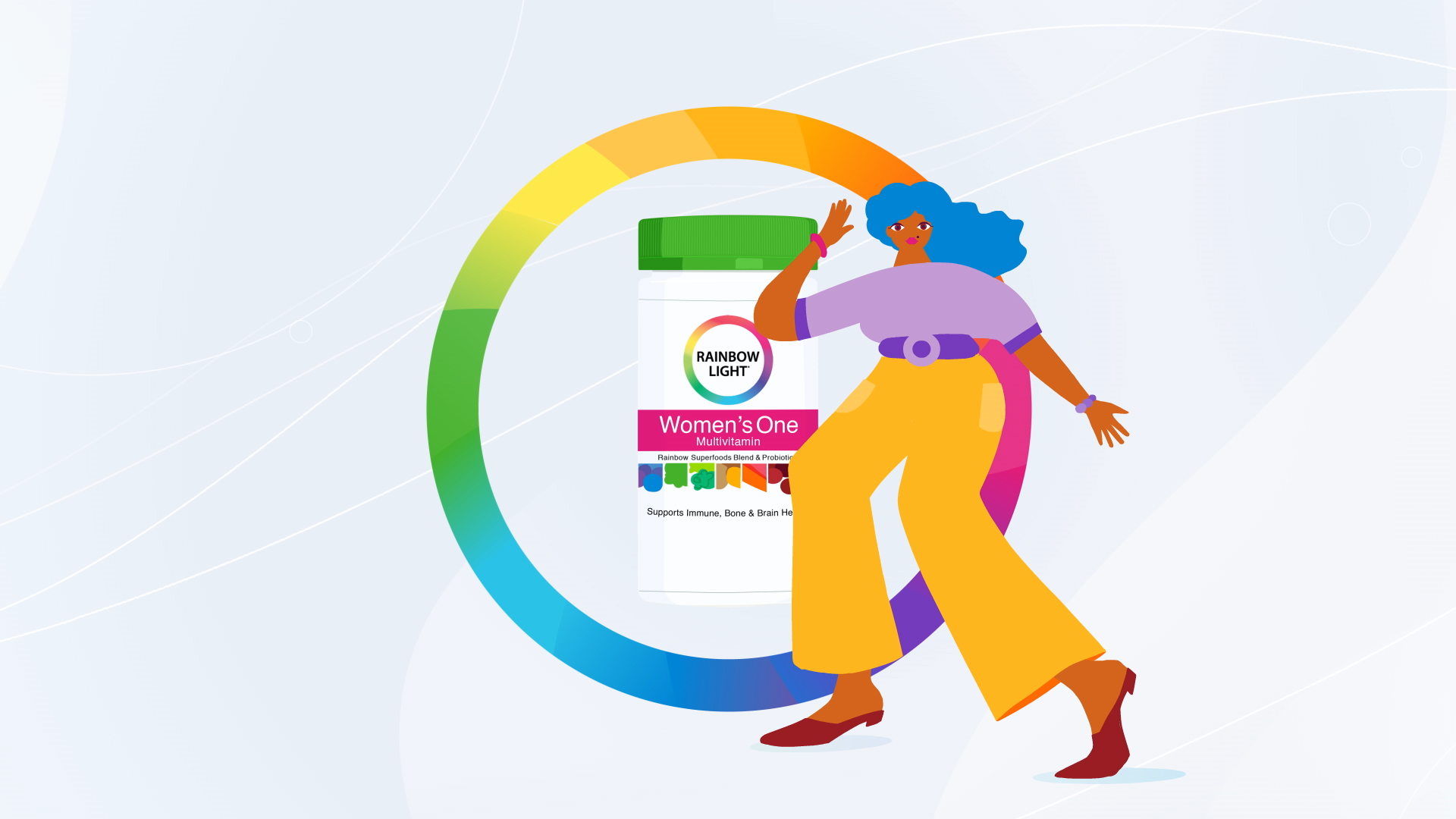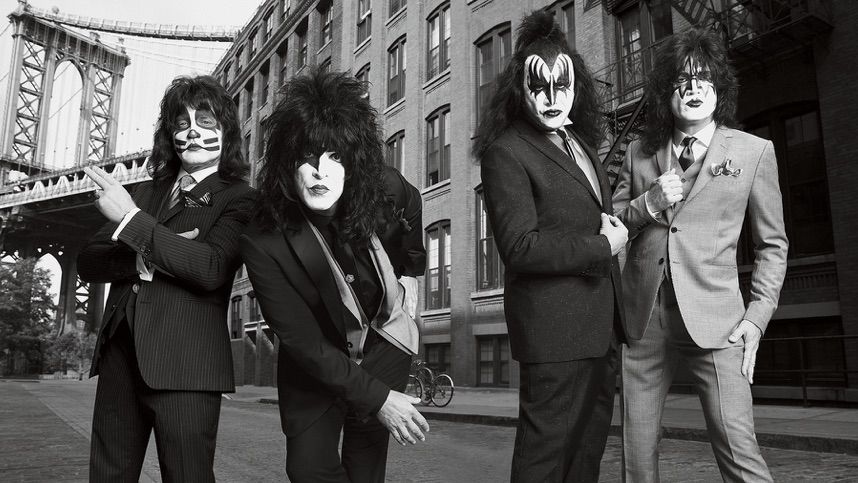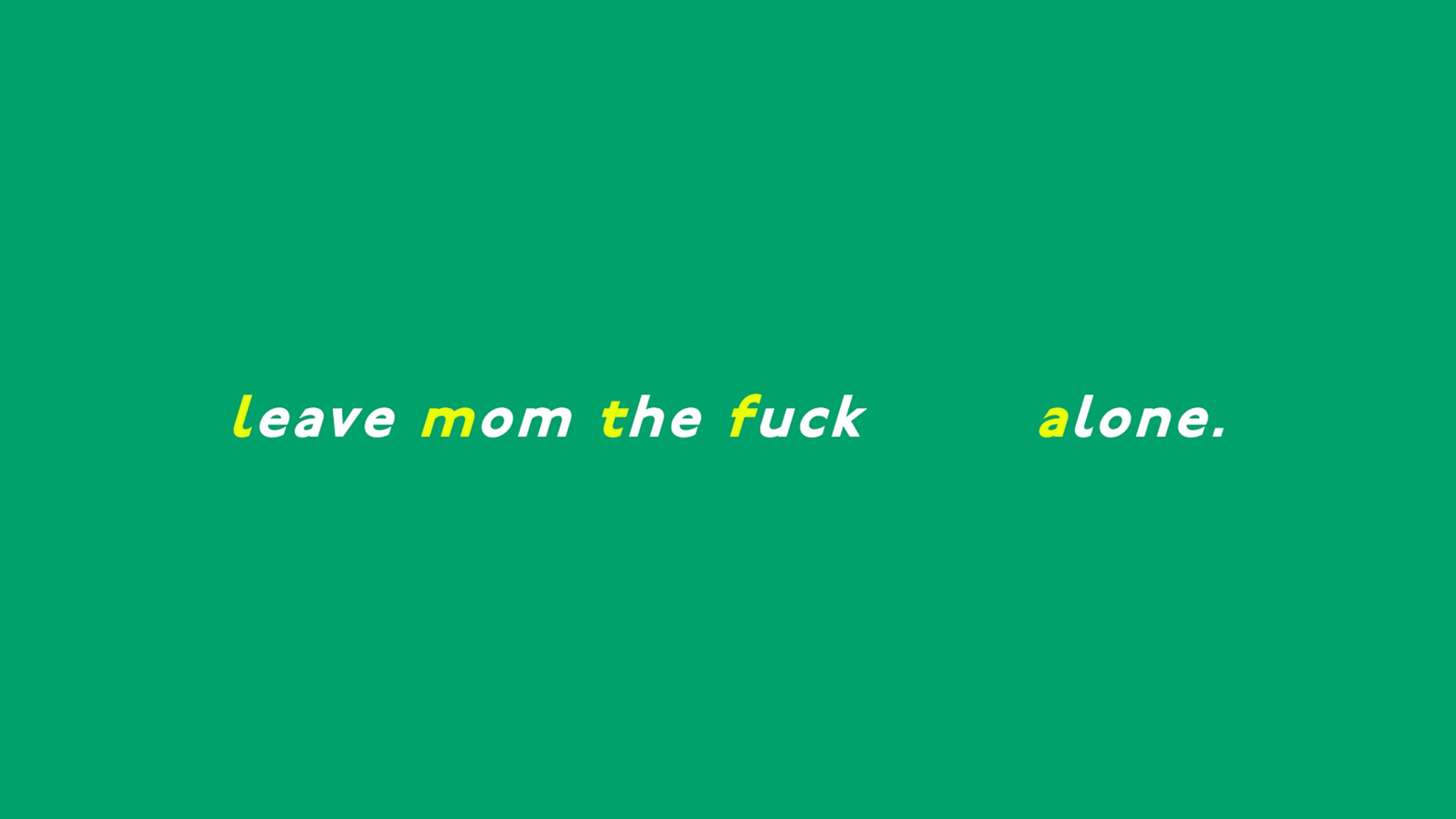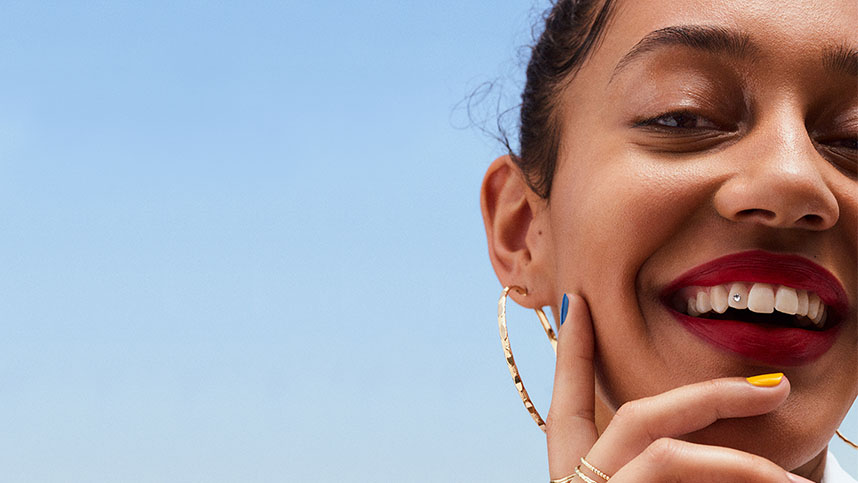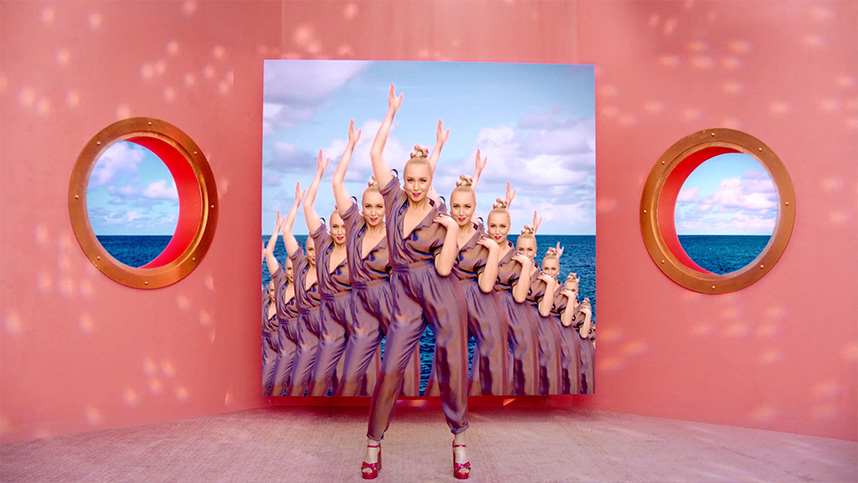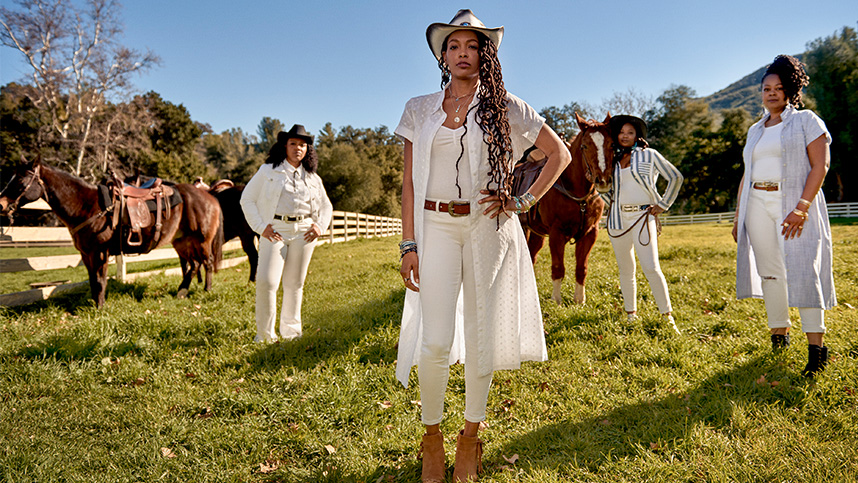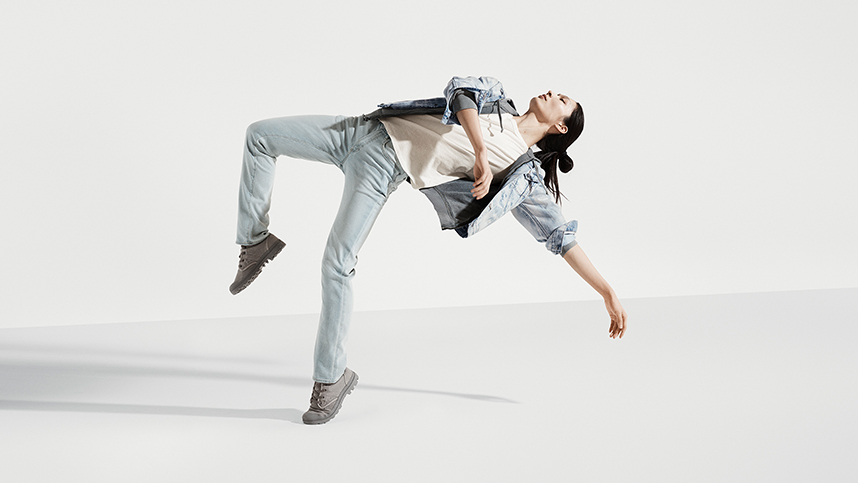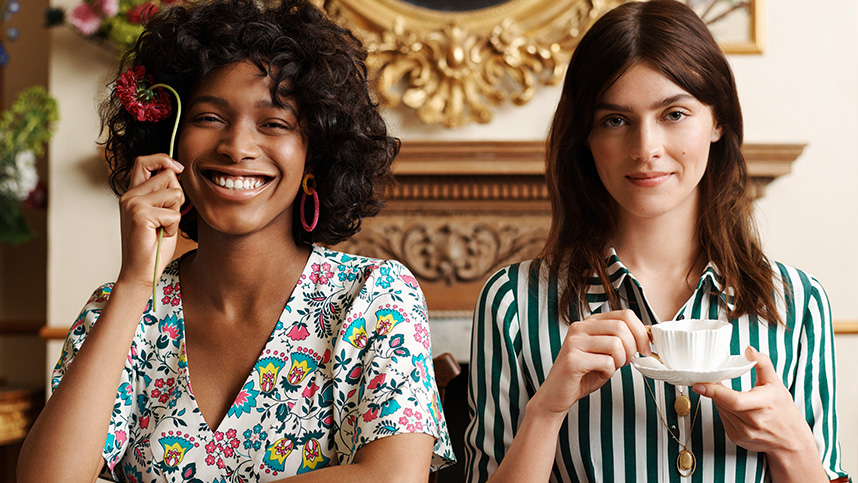Wrangler, the American denim brand, spent much of the first half of 2021 convincing customers to buy its products via the usual marketing tools, like advertising on social media, influencer campaigns and a collaboration with the surf retailer Billabong.
The effort was successful: In August, the Kontoor-owned jeans maker reported second-quarter revenue increased to $311 million, up 24 percent from the same period in 2020. The Billabong collaboration alone has led to over 95 million social media impressions since July.
Now, the company is stepping up its efforts to hold onto customers beyond the next quarter. In September, Wrangler will begin a global “brand equity campaign” meant to remind customers of Wrangler’s quality and values of “courage, optimism and unity,” said Ruth Bernstein, chief executive of Yard NYC, the creative agency producing the ads.
“You could have fantastic performance metrics, but it’s not doing anything to drive long term brand value,” Bernstein said. “Without that brand-building establishing idea, you’re doomed to be either chasing a trend or at the mercy of shifting trends in style, in taste and culture.”
During the pandemic, when stores closed for months and consumers were stuck at home, many fashion and beauty brands tightly tuned their marketing toward driving online sales. They targeted existing customers and likely prospects with paid social media, email blasts and search ads. Even “massive multinationals like Coca-Cola, General Motors and Netflix slammed the brakes on their brand building,” Nielsen said in a June report.
Now, despite rising infections in some countries, the shock of the pandemic has passed. More brands are getting back to the business of teaching consumers what they’re all about. Ads touting a unique origin story or its values may not offer the same immediate boost to sales, but brands see a balance between these two styles of marketing as the key to long-term success.
Having the right marketing mix over a long-term period is more important than any one hyper-successful sales quarter. It’s why brands sponsor the Olympics, open meticulously designed stores and even launch magazines. These efforts can foster the sort of love for a brand that draws customers back again and again. For instance, Gap Inc. chief executive Sonia Syngal said in May that “purpose-led marketing and brand-amplifying creative partnerships” had “supercharged” results.
But these efforts also require a greater investment to hold consumers’ attention and feel integrated into other forms of marketing. Splashy, off-the-wall marketing stunts can be buzzy. But when applied to only one channel for a brief period of time, they’re not as effective, said Tania Debono, director of research strategy at marketing and branding firm Horse Practice. Particularly now that customers are returning to shopping in-store, brands must create an experience that feels consistent across brick-and-mortar, social media and e-commerce.
A Hybrid Approach
Instead of viewing brand building and driving sales as mutually exclusive tasks, marketers should bridge the gap between the two.
No one marketing channel operates independently. In reality, one channel’s success can increase the likelihood another will see similar results. Nielsen found that, on average, a one-point gain in brand metrics such as awareness and consideration — which measure whether or not someone says they have heard of or would purchase from a brand, respectively — drives a one percent increase in sales. In February, McKinsey said in a report that running ads on TV can “boost the impact of personalised emails,” while “social media ad campaigns can drive online and in-store visits.”
Bernstein said that Yard’s team will look towards traditional metrics like brand lift (whether consumer perception of a brand shifted) and favourability to measure the Wrangler campaign once it debuts. It will also combine those metrics with social sentiment, which measures how warmly or cooly customers receive the campaign online. She said this is the only way to understand the “nuance [that] creates the building blocks for short term tactics and activations on local markets.”
A brand’s homepage — where brands must tell their story and nudge customers towards a purchase simultaneously — is as powerful as ever, as brands emphasise direct sales on their owned channels. No matter how universally user-friendly a homepage might be, however, there’s no one-size-fits-all for new and returning customers. Instead, brands can test digital ads that redirect customers to a landing page that is customised based on the shopper’s location information and other data, like whether they’ve browsed the brand’s products before.
“If you really want to build your brand, a landing page is a key part, because that’s where you have more real estate to be able to build even more of that connection and obviously drive [customers] down the path of conversion with deep linking through your site,” said Joe Yakuel, founder and chief executive of Within, a marketing firm that specialises in marrying brand and performance.
Using audience targeting, brands can tailor landing pages to new or return customers, using it as a place to make the first introduction to a brand or to remind a repeat visitor of its values. New customers, especially, need an experience that will “nurture you and draw you in, with meaningful video content, … text or [showcasing] the product,” Yakuel said.
Activewear label Fabletics created custom homepages after releasing a capsule collection in August 2020 with actress and influencer Madelaine Petsch, followed by a second collection in February. Customers who engaged with Petsch’s Instagram content were directed to a custom landing page. The brand said that partnerships like Petsch’s extend beyond social media and personalised ads to also include in-person and in-store events.
Brands should also be open to experimentation and be willing to try new-to-them marketing channels. Brands such as shapewear marketplace Shapermint and CBD beauty brand Lord Jones, for example, have run commercials for the first time on streaming and traditional television over the past year, in hopes of introducing themselves to new audiences and increasing loyalty with current customers.
Lululemon also released its first-ever television commercial on August 10. The ads, which will run during NFL games, are part of a long-term effort to make the brand more appealing to male customers. The campaign will also appear on online video, billboards and paid digital media as well as the brand’s in-store visual merchandising and influencer activations globally. Lululemon declined to comment.
Television advertising may be more traditional, but it’s also among the most effective brand-building tools, allowing brands to reach a wide swath of consumers beyond their own customer base. That’s particularly true today, as marketers are more easily able to track and tailor ads when they’re broadcast on streaming services or viewed on traditional cable on a smart TV — without sacrificing the effect that comes in seeing a high-quality, 60-second spot.
“Brand equity is truly built at the intersection of brand DNA meets consumer meets culture. You can’t have one without the other,” said Bernstein. “Right now, people are going through profound change, it’s the perfect moment for brands to revisit their global brand equity.”



